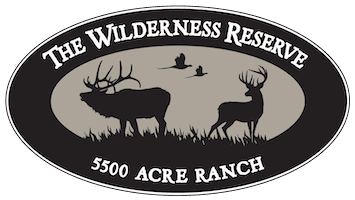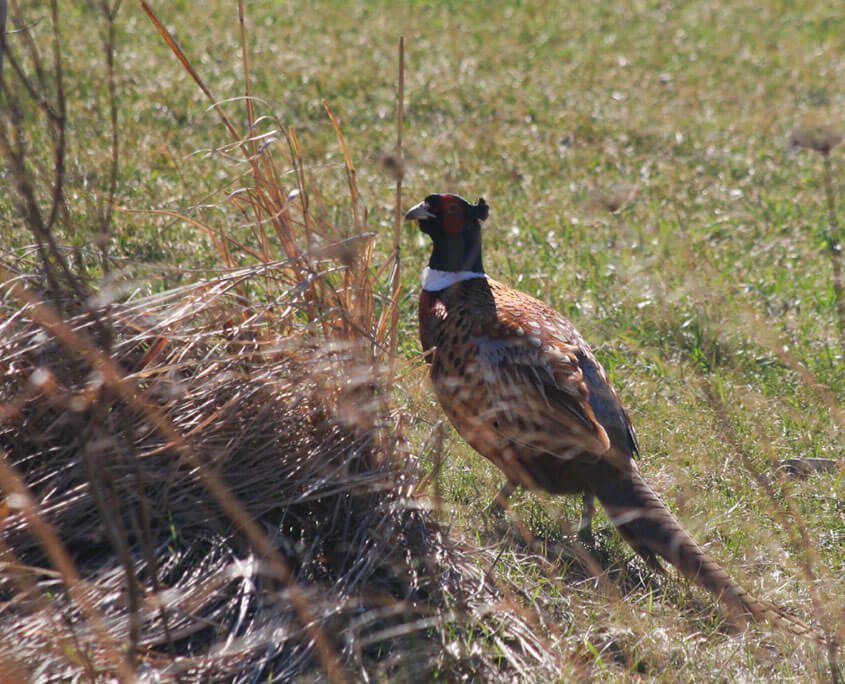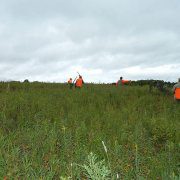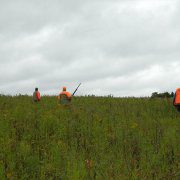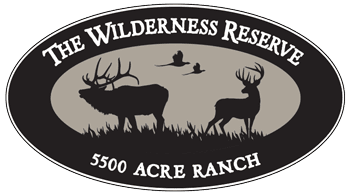Understanding Pheasants for a Successful Upland Bird Hunt
Pheasant hunting is one of the most challenging and rewarding hunting experiences there are. For a successful hunt, it is helpful to understand your prey to know where to hunt and how. By appreciating the game you hope to capture, the connection with nature that hunting inspires deepens and the hunt becomes a spiritual event that will stick with you for a life time.
The Habitat of Pheasants
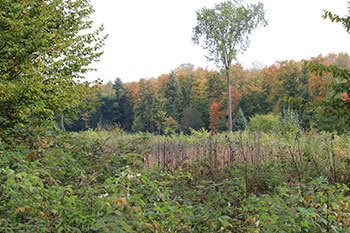 Ring-necked pheasants are not native to America, but imported here centuries ago from Asia. As a highly adaptive bird, they have made themselves at home here in the United States, and particularly in the Midwest region that offers the best habitats to suit their needs. Pheasants prefer grassy fields with ditches, marshes, and bushy groves and use the natural vegetation and contours of the environment to roost and hide.
Ring-necked pheasants are not native to America, but imported here centuries ago from Asia. As a highly adaptive bird, they have made themselves at home here in the United States, and particularly in the Midwest region that offers the best habitats to suit their needs. Pheasants prefer grassy fields with ditches, marshes, and bushy groves and use the natural vegetation and contours of the environment to roost and hide.
In the spring and summer, pheasants are more likely to be found roosting in the trees and areas with thick shrubbery. As the leaves begin to turn and autumn approaches, these upland birds move to forested wetlands and weedy areas. The forested borders of a field are a favorite as well.
The Life of a Pheasant
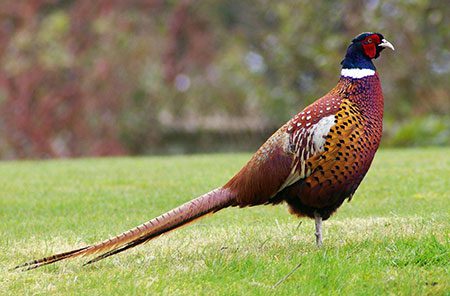 The female pheasants, or hens, begin building a nest for her eggs in early spring. The nesting cycle of her year lasts from April through June. Over a two week period, the hen will lay about a dozen eggs, only incubating after the last egg is laid. The pheasant eggs hatch after 23-24 days, with the new chicks able to run and move about almost immediately. By 2 weeks of age, the chicks are able to fly and by 6 weeks, their adult feathers come in.
The female pheasants, or hens, begin building a nest for her eggs in early spring. The nesting cycle of her year lasts from April through June. Over a two week period, the hen will lay about a dozen eggs, only incubating after the last egg is laid. The pheasant eggs hatch after 23-24 days, with the new chicks able to run and move about almost immediately. By 2 weeks of age, the chicks are able to fly and by 6 weeks, their adult feathers come in.
Hens grow to be about 2 ½ pounds, with male pheasants (roosters or cocks) weighing in at about 4 pounds. Roosters are very noticeable in appearance, as they proudly boast bright copper and gold feathers, a distinctive red face, and a stark white collar around their necks. The females blend in well with their environment with brown feathers.
Roosters will form a harem of 3 – 7 hens, and is ready to defend his harem and territory against other pheasant. He will crow and call to scare away a competitor, and will toss torn up grass. If pushed, the male pheasants will fly up, breast to breast, and bite at each other. These displays rarely end in death, with the competitor typically running off.
Pheasants are omnivorous birds, and eat a variety of plants as well as insects. Berries, seeds, grains, corn and young shoots are all a part of a pheasant’s diet. After raising the chicks through the summer, the birds begin their foraging season in August. They are perfectly capable of surviving through the winter, although it depends on the severity of the season. To combat the cold, a pheasant can remain dormant for days at a time.
Fooling Predators for Survival
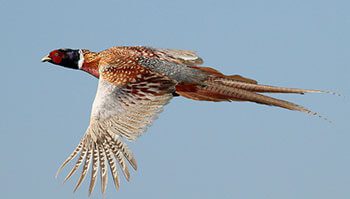 The average life span of a pheasant is typically only a year. Pheasants face danger from before they are even born, with natural predators destroying and devouring nests a frequent occurrence. And with predators like the wily fox, dogs and wildcats, the birds are forced to develop strong defensive behavior to survive. This is one of the reasons that pheasant hunting presents such a great challenge to hunters.
The average life span of a pheasant is typically only a year. Pheasants face danger from before they are even born, with natural predators destroying and devouring nests a frequent occurrence. And with predators like the wily fox, dogs and wildcats, the birds are forced to develop strong defensive behavior to survive. This is one of the reasons that pheasant hunting presents such a great challenge to hunters.
These smart upland birds favor running away from danger than flying, and can be seen darting about on the ground. They can run 10 miles per hour, and fly up to 48 miles per hour. However, they typically only fly about 600 feet at a time, using the air time just to spring to a new hiding spot. These short-distance dashes, complete with a noisy take-off, are startling to both natural predators and hunters.
Experience the Thrill of Pheasant Hunting in the Wisconsin
The natural beauty of the pheasants, their cunning ability to evade capture and their reflex to startle under duress all work together to make pheasant hunting a highly rewarding sport. The Wilderness Reserve has 5,500 acres of supreme pheasant hunting territory, with a mixture of marshes, fields and forested land providing the ideal environment for a challenging hunt. Bring your hunting dog along for your trip, or take advantage of one of our guide/dog packages for your pheasant hunt. To learn more about guided pheasant hunting opportunities at The Wilderness Reserve, give us a call at 1-715-545-2700.
